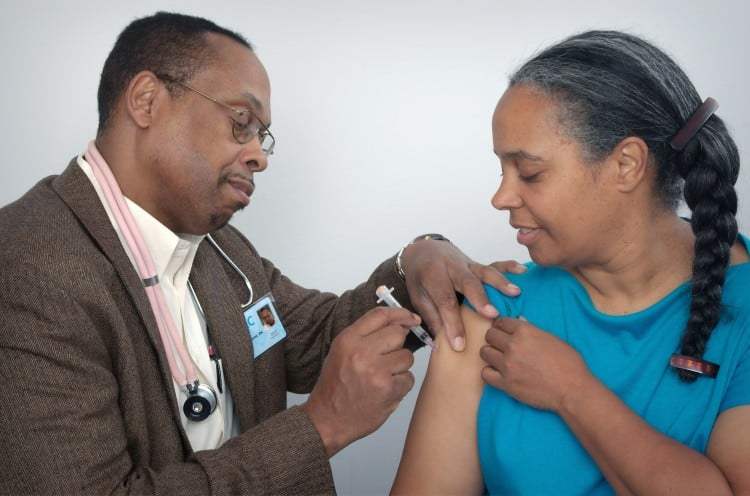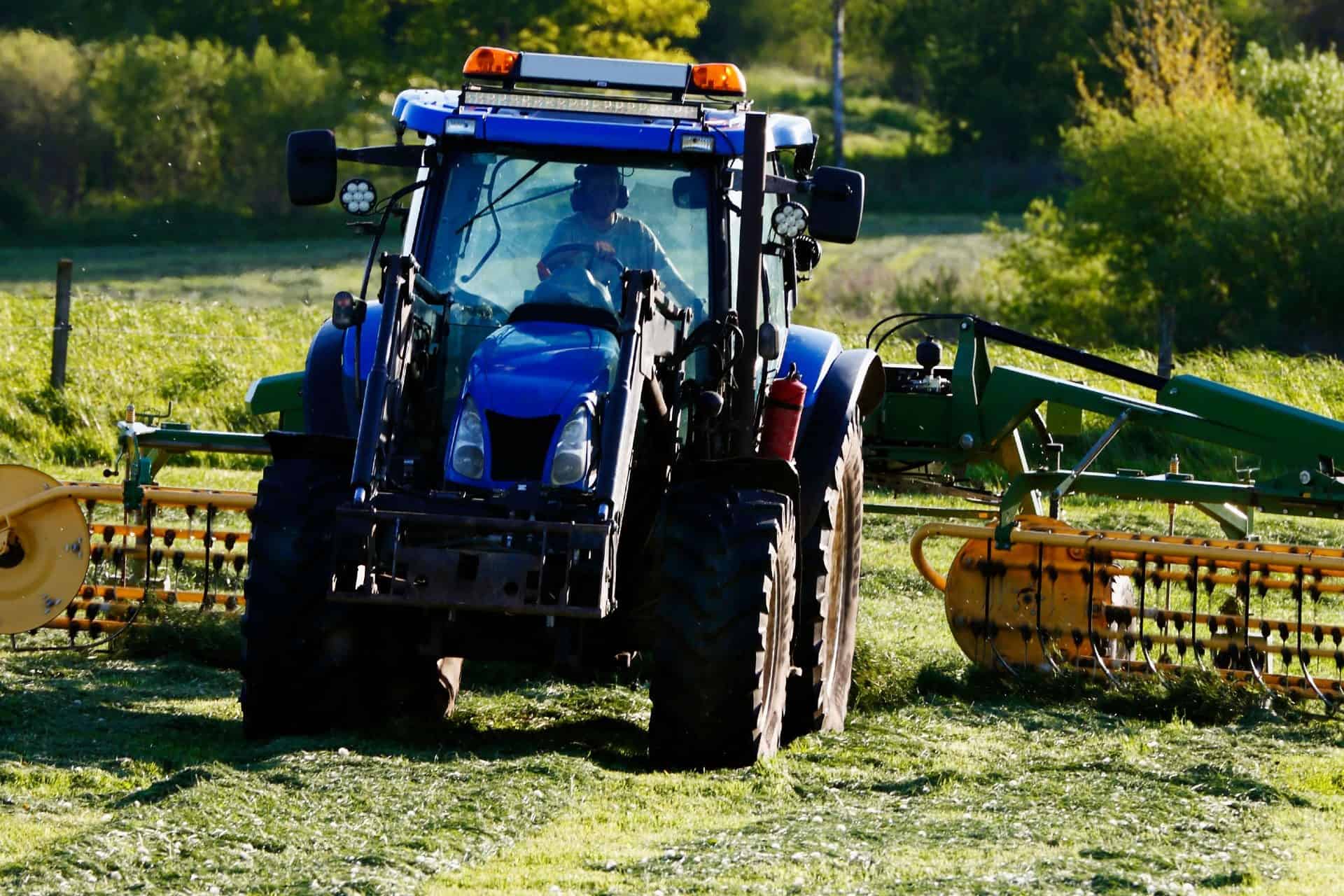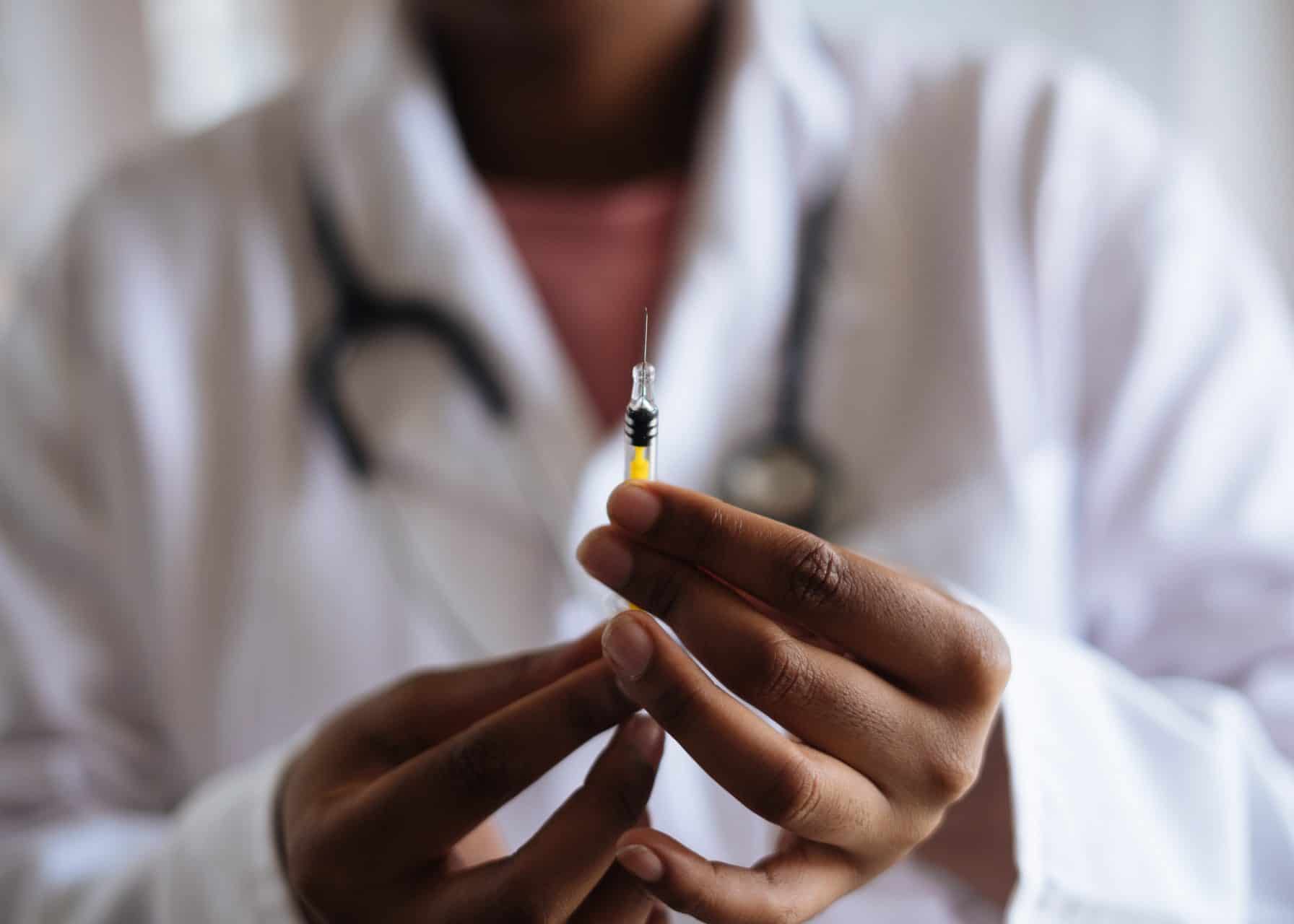
What Are Clinical Trials and How Are Vaccines Approved?
September 10, 2020 - Emily Newton
Revolutionized is reader-supported. When you buy through links on our site, we may earn an affiliate commission. Learn more here.
Months after the World Health Organization (WHO) first declared COVID-19 a pandemic, we’re still faced with serious lockdowns and preventive public health measures. While some states have reopened their economies, the continuing threat of the disease means most remain in quarantine. Many believe a vaccine for the disease will help usher in a return to normalcy. As a result, reporters have closely followed clinical trials, keeping tabs on the different phases these potential treatments are in. If you’ve been following the development of the coronavirus vaccine, you might have seen the names of different clinical trial phases. Knowing what they mean is key to understanding how close we are to an FDA-approved vaccine.
What Clinical Trials Are and How They Work
Clinical trials are research studies performed on people to test the effectiveness and safety of a treatment. Some clinical trials compare new treatments to existing ones to check effectiveness. Others, like a vaccine, are typically compared with no treatment. For any vaccine, a clinical trial needs to prove two things. First, it needs to show the vaccine can prevent a targeted virus from infecting a person inoculated against it. Second, it also should not make the problem worse. Ideally, there will be limited and tolerable side effects in the majority of participants. The earliest clinical trial phases almost always catch a vaccine with a tendency to cause serious adverse effects — like brain damage, breathing issues or death. If that’s the case, this vaccine is shelved.
How Clinical Trial Phases Work
Researchers working on clinical trials move cautiously, which is part of why drugs take so long to develop. Before you test a new treatment on people, you’ll want to account for every possible error to avoid harm where possible.
Before trials begin, researchers have already done a lot of work. Typically, they’ve spent two to four years in the exploratory and preclinical phases. During this time, they identified promising antigens — substances that create an immune response in the body — for effective vaccines.
Even with this work complete, researchers will gradually ramp up the number of people involved in the testing.
To make sure drugs are properly tested and that the fewest number of people are exposed to experimental and potentially harmful treatment, researchers break clinical trials into phases. You’ll typically see these written as Phase 0, Phase I, Phase II, Phase III and Phase IV. In each stage, researchers expand the scope of the study and involve more participants.
Phase 0
Phase 0 of a clinical trial is done on a tiny sample of people, typically less than 15. This phase is exploratory and exists to test small doses of untried medications to ensure they aren’t harmful to humans.If the treatment proves harmful — or acts in a way researchers didn’t expect — the clinical trial investigators will usually return to pretrial research.Most vaccine testing doesn’t start at this phase. Instead, they begin with Phase I.
Phase I
In this phase, researchers work with a larger pool of people — around 20 to 80 individuals without underlying health conditions.
The purpose of this phase is to determine how higher doses of the drug affect people. Researchers will look for the highest possible amount that can be given without causing adverse effects.
In many cases, tolerable or minor side effects may not prevent a vaccine from moving ahead. For example, the first human trial of the Oxford University and AstraZeneca COVID-19 vaccine caused minor side effects, like fatigue, headache and soreness at the injection site. However, because it produced no “serious adverse effects,” human trials will move forward.
During this phase, researchers monitor trial participants closely to see how the treatment affects their health. Depending on the drug they test, they may also work to identify the best method of administering the medication — whether orally, intravenously or topically.
Presently, there are more than 140 COVID-19 vaccines in development worldwide. Of those that have moved onto clinical trials, most are in Phase I.
Phase II
Phase II trials further expand the number of participants, often times to several hundred. For certain drugs, like high-dose flu vaccines that are intended for the elderly, this a chance to see how underlying health conditions and different backgrounds may affect treatment effectiveness.
For a vaccine that needs to target everyone, however, Phase II mostly means improving the size and diversity of the participant pool. A vaccine that’s safe and effective for one person may not work for another.
Phase III
During this phase, researchers test the vaccine at a large scale. Phase III trials may use the vaccine on thousands of different participants to make sure it’s safe for use across populations.
Phase III ends once researchers are confident in their research. They’ll compile the results of the trials and present them to national drug regulators, like the FDA, for approval.
Phase IV
Even after a vaccine is approved, researchers will continue to test it. Phase IV trials are ongoing after approval. Researchers will look for any information they may have missed in earlier stages, as well as seek insights that may help them improve the vaccine.
Sometimes, researchers may bundle two of these phases together to save time and money. When they do so, they usually represent the combined phase as Phase I/II or Phase II/III.
What Stage are Most Coronavirus Vaccines in Clinical Trials?
As of writing this, the majority of vaccine development is still in Phase I or II. Fortunately, a handful of these trials have moved onto Phase III. That’s cause for celebration — greater than 30% of drugs fail in Phase II, meaning there has been serious progress toward a safe and effective vaccine. Phase III trials, however, don’t mean that a market-ready coronavirus vaccine is ready just yet. On average, more than half of tested drugs fail Phase III trials. Leading public health experts in the U.S. believe we’ll need to wait until around the end of the year at the earliest for a vaccine to be ready for distribution.
How Vaccines Are Approved
The FDA’s standards on new treatments, including vaccines, are stringent. During the approval process, the FDA will review researchers’ findings and determine if the benefits of the new treatment outweigh the risks. The agency aims to take action on new treatments within 10 months — six for treatments with priority.COVID-19 is a unique case, and any treatment or vaccine for the disease has a very good chance of beating that goal. The FDA has fast-tracked emergency approval for a few different treatments related to the disease. However, the agency has also revoked some of these approvals. A vaccine that has made its way through all three phases of clinical trials will be top priority for the agency and may be approved within weeks, rather than months.
Approval May Not Be the Last Hurdle for a COVID-19 Vaccine
Once the vaccine is approved, however, the manufacturer will need to begin the difficult work of manufacturing and distributing it around the globe.
Vaccine approval also isn’t a guarantee it will remain available. The first rotavirus vaccine, for example, was withdrawn a year after approval in 1999 after research showed it might have been causing adverse effects in infants.
Still, the current progress toward an approved vaccine is reason for optimism. Very few vaccines make it to large-scale, Phase III trials. The fact that four are already in Phase III just half a year after the novel coronavirus was identified is exciting news. Because Phase III is the last phase of development before approval, we may have a vaccine within a few months.
Revolutionized is reader-supported. When you buy through links on our site, we may earn an affiliate commission. Learn more here.
Author
Emily Newton
Emily Newton is a technology and industrial journalist and the Editor in Chief of Revolutionized. She manages the sites publishing schedule, SEO optimization and content strategy. Emily enjoys writing and researching articles about how technology is changing every industry. When she isn't working, Emily enjoys playing video games or curling up with a good book.




